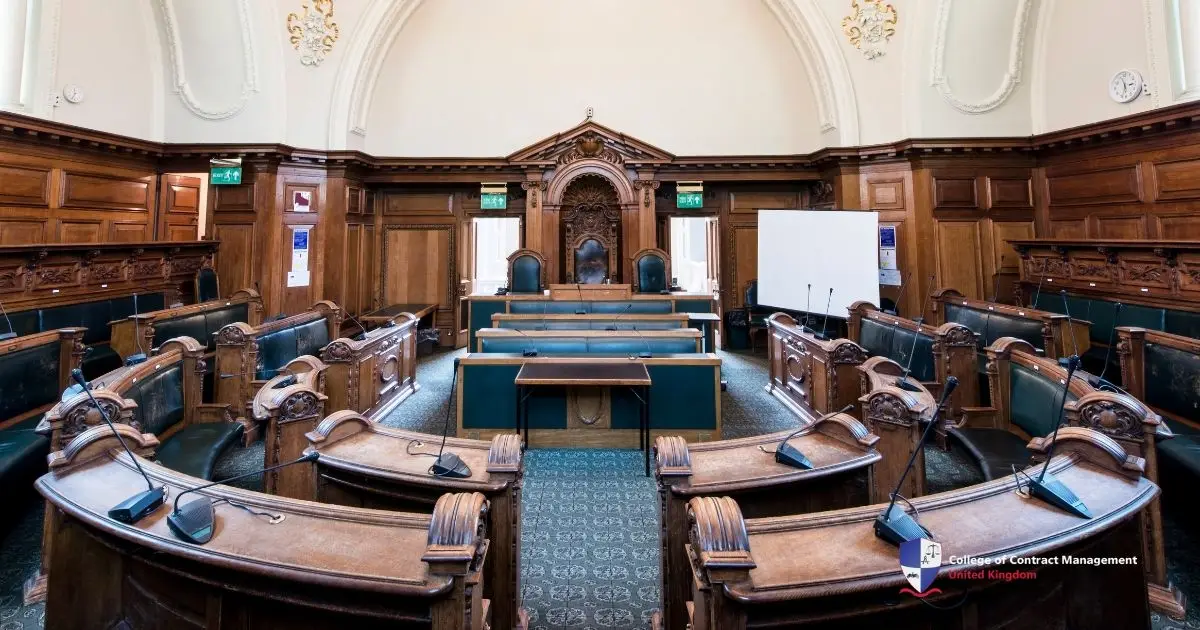Hectic daily lives make people unaware of how many public facilities they use every day. Trains, buses, and roads are among the facilities that help people meet their needs. So, depending on their lives and the infrastructures, the government uses the public sector resourcing strategy well. This is to ensure the staff are capable and on the same page to help and cater to all the needs of the citizens.
The public-centred mindset lays the ground for the professionals to do their duties. Employees in the public sector have the same roles, which makes it easier for residents to do their activities. This article discusses the public sector resourcing that can suit your needs and provide insights for ordinary citizens. Also, you can use the information to guide you in working in this industry.
What is public sector resourcing?
Public sector resourcing is how the government of every country, through its agencies, selects and employs workers who will fill up positions in public facilities. In addition, the roles range from full-time to contract. Like the jobs in the private sector, the general positions have career ladders, from entry-level to director stage.
Each agency may apply different public sector resourcing methods depending on the roles. However, in general, the hiring process starts with identifying the staff needs and moves to employee onboarding. The process may take weeks or months to complete, depending on the urgency and level of necessity. In short, each body has a different policy for this.
Understanding the public sector
The common sector refers to the field that touches upon people’s lives. Hospitals, traditional markets, trains, buses, terminals, stations, and airports are among the examples that fall under public sector facilities. They become the lifeline for millions of citizens in any given country. Small faults can lead to destructive impacts. For instance, many will not be able to arrive on time if the train is delayed.
A similar consequence will occur in hospitals. If a hospital runs out of competent nurses, patients’ diseases may take longer to recover, and the list goes on. Given such a crucial role, public sector resourcing must be good from the start. The right employees will decide the quality of the service.
Usually, every country has a special ministry to handle public sector resourcing and the employees. It allocates certain funding for the ministry so that it can recruit, manage, and pay their salaries. Sometimes, it will move some collective workers to cities or roles that may suit them better than the first positions they fill.
Step-by-step public sector resourcing
As hinted above, every agency uses its own hiring process. This creates various timelines for each position. Moreover, there are some factors that lead to the diverse public sector resourcing processes. The first deals with the status of the job, such as permanent, temporary, or freelance. Typically, full-time work takes a longer recruitment procedure.
The second is more on the agency or the facility. In this regard, the hiring process for doctors may be different from those seeking teachers. Regardless, this part explains the public sector resourcing method in general. Below is the list of stages that are mostly applied by government bodies or state facilities.
1. Knowing the needs
First of all, the state body identifies how many staff they need for a certain period, such as one year or permanent time. It’s also possible that unusual conditions will make the agency open new positions. Therefore, this first stage requires a precise calculation to ensure the hiring budget meets the goal.
2. Making the job descriptions
The second step in the public sector resourcing process is formulating general duties of every position. Clear explanations will create more chances to get the best recruits. Suppose a vacancy info on a train driver runs like this. The country’s no. 1 train provider is hiring top train drivers who are in charge of taking roughly two thousand passengers in one work shift. As a result, to win the role, you will first need to know about train equipment, safe driving methods, and train signals.
3. Advertising the vacancies
Third, the community should be informed about the vacant positions. You can announce them via mass media, either printed or online. Social media can be a good option, too. The more applicants, the wider chances you will have to find those who meet the qualifications. Just make sure you have enough time to read the applications one by one.
4. Going through the applications
This is the core of the overall public sector resourcing. You will have to screen all applications, which can amount to thousands, depending on the positions. High-paying roles, such as managerial ones, usually attract more candidates. Consequently, this stage can consume the biggest portion of time during the whole process. This is because you will have to check academic, experience, and certification areas from every applicant.
5. Interviewing the candidates
The stage is a bit tricky. Unlike private firms, interviewing future state officials requires extra checking on their commitments to serving fellow citizens. This is because working for government bodies isn’t solely for making profits. To dig deeper, the candidates can explore how their jobs contribute to or help others or the country.
6. Picking up the best
At last, this public sector resourcing stage is about candidate selection. You will narrow down the list into just a few potentials. It might be necessary for you to consult with your manager or director so that you can select the most appropriate ones. The last phase determines the whole process, and this seems more important if it is for full-time employees.
The roles of public sector resourcing processes
The hiring process for the general sector is usually stiff. A lot of applicants fight for the job because it offers a pension scheme and career path. Working at the state-run bodies hinders the staff from potential layoffs due to uncertain economic conditions. No wonder many will attempt in the next recruitment phase if they fail on the first try.
On the other hand, for those in charge of public sector resourcing, the best candidates serve as the gateway for achieving the goals set by the government. As the forefront liners, the candidates will perform duties that contribute to the living standards of the masses. Below are the details about that:
Improving the service qualities
Small fixes on general infrastructures can make huge differences. Let’s take punctual bus arrivals in every city around the country as an example. If the new bus drivers operate the transportation well, they can reduce the delayed time for picking up passengers. Therefore, this constancy will lower the stress levels of the passengers should the buses keep missing the schedule.
Adding trust to the government
Reputable new state officials can do so many wonders to add or fix public trust in the government. Thanks to their improved work qualities, society believes their voices fall into the right ears. The government follows up on their inputs for executing various projects, such as repairing broken bridges near their residential complex.
Accelerating economic growth
The ripple effects of good common sector resourcing can stretch as far as quickening economic progress. As the public puts more trust in the government, the tax revenue is set to increase. With the rising amount of public funding, the administration can channel it to build more infrastructures that absorb many workers. Or, they can use the public budget for education. All of those can lead to better economic conditions in the short and long runs.
Prepare yourself to take part in public sector resourcing with CCM!
Jobs in the general sector never stop because they promise lucrative career paths regardless of your field of interest. The College of Contract Management is the right place for getting the knowledge before you take the test. For those who already work in the sector, this is also a good option for expanding their knowledge.
You can take courses depending on your field of interest or current position. From construction to marketing to public sector resourcing, you can study them all without having to interrupt your work. Besides providing you with the information, the experts will bring forward discussions on fresh issues regarding the citizen sector. So, don’t waste your precious time anymore. Give them a call!





